Nationality Brazilian Name Djanira Motta | ||
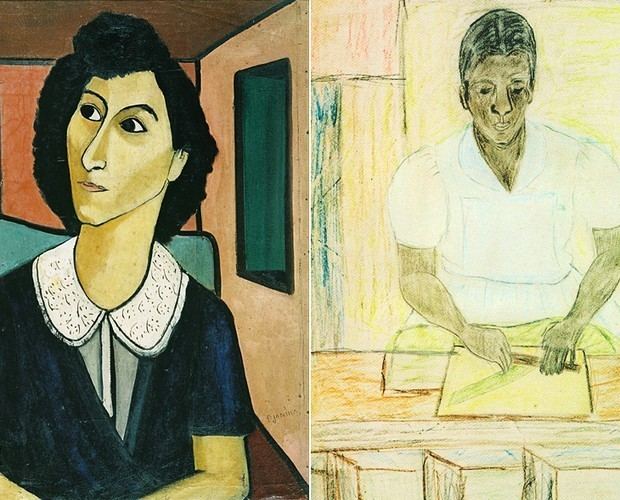 | ||
Born 20 June 1914 Avare, Sao Paulo Known for Painting, drawing, engraving Spouse Jose Shaw da Motta e Silva (m. 1952) Parents Oscar Paiva, Pia Job Paiva | ||
Exposicao comemora centenario de djanira da motta e silva
Djanira da Motta e Silva (Avaré, 20 June 1914 — Rio de Janeiro, 31 May 1979) was a Brazilian painter, illustrator and engraver, known by her first name Djanira. She was known for her naïve art paintings, depicting Brazilian common people, religious themes and landscapes.
Contents
- Exposicao comemora centenario de djanira da motta e silva
- Djanira Exposio Masp 120319
- Biography
- References

Djanira - Exposição Masp | 12/03/19
Biography
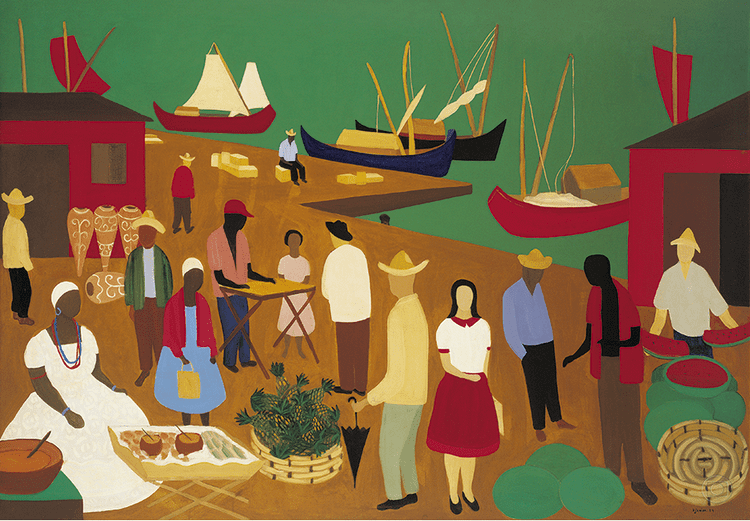
Djanira was born in Avaré, daughter of Oscar de Paiva Pia Job Paiva was initially registered.
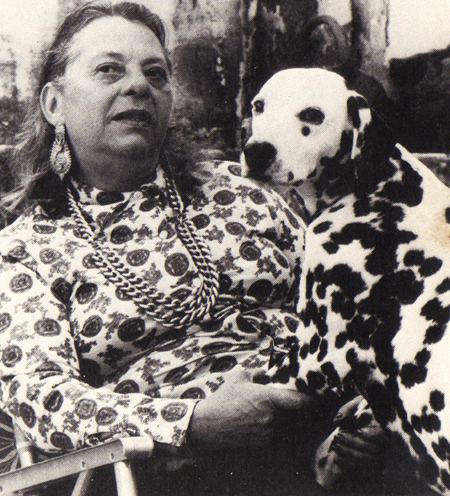
At 23, she was hospitalized with tuberculosis in a hospital, in São José dos Campos where she made her first drawing: a Christ on Golgotha. As her health improved, she continued treatment in Rio de Janeiro, residing in Santa Teresa, because of its clean air. In 1930, she rented a small house in the neighborhood and installs a family pension. One of his guests, the painter Emeric Mercier, encourages her and gives her painting lessons. Djanira also attended a night drawing course at the Liceu de Artes e Ofícios;, in this period she kept in touch with the couple Arpad Szenes and Maria Helena Vieira da Silva, with Milton Dacosta, Carlos Scliar, and others living in Santa Teresa and attending the art world.
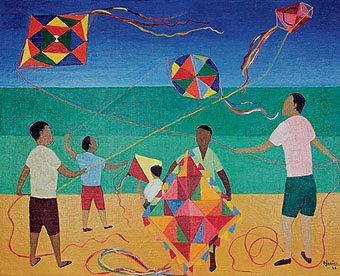
In the late 1930s, in the state capital, she had her first drawing evening classes in art instruction in the School of Arts and Crafts and the painter Emeric Mercier, a tenant Djanira hosts in Santa Teresa. She had contact with the artists Carlos Scliar, Milton Dacosta, Árpád Szenes, Maria Helena Vieira da Silva and Jean-Pierre Chabloz, regulars of the pension, provide a stimulating environment that leads to exhibit at the 48th National Salon of Fine Arts in 1942. In following year, she held her first solo show in the Brazilian Press Association (ABI). In 1945, she traveled to New York where she meets the work of Pieter Bruegel and comes into contact with Fernand Léger, Joan Miró and Marc Chagall. Back in Brazil, performs the Candomblé mural to the residence of the writer Jorge Amado, in Salvador, and a panel to the Liceu Municipal de Petropolis. Between 1953 and 1954, she study travels to the Soviet Union.
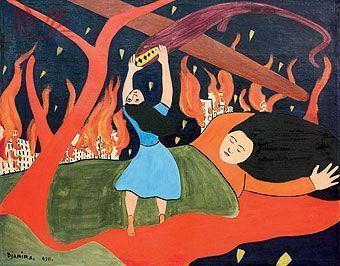
Her paintings of the 40s are usually dark, using subdued tones, such as gray, brown and black, but already has a taste for geometric forms of discipline. In the following decade, her palette gets diversified, with use of vibrant colors, and some works deal with tonal gradations ranging from white to light gray. She presents in her human types an expression of solemn dignity.
The artist always looks closer to the themes of his works: at the end of the 1950s, after living six months, paints Canela Indians of Maranhão. In 1950 during his stay in Salvador she meets José Shaw da Motta e Silva, the Motinha, civil servant, born in Salvador on January 29, 1920. She got married in Rio de Janeiro on May 15, 1952, and changes name for Djanira da Motta e Silva.
Back to Rio de Janeiro, she was one of the movement's leaders of the Salão Preto e Branco, an artists' protest against the high prices of the painting material. Held in 1963, the tile panel Santa Barbara, for the tunnel chapel Santa Barbara, Orange, Rio de Janeiro. In the year 1966, Cultrix company publishes an album of poems and silkscreen prints of his own. In 1977, the National Museum of Fine Arts, held a major retrospective of his work.
In the 1970s, she went to the Santa Catarina coal mines to experience closely the miners' lives, and travelled to Itabira to see the iron extraction service. In 1972, she became a nun of the Carmelite Order.
Djanira still worked with woodcut, engraving, and made drawings for tapestries and tiles. In production, there is the monumental tile panel for tunnel Santa Barbara chapel (1958) in Rio de Janeiro. Initially named as "primitive", gradually her work achieves greater critical acclaim. As pointed out by the art critic Mário Pedrosa (1900-1981), Djanira is an artist who does not improvise, do not let snatch, and, although they have a naive and instinctive appearance, her works are the result of careful preparation to reach the final solution.
